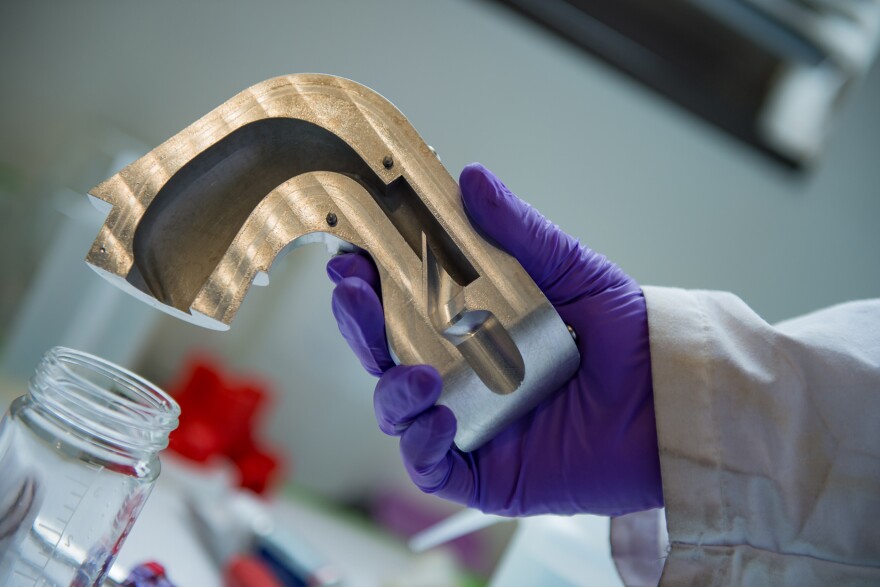Tens of millions of Americans use inhalers each day. Many of them aren’t doing it right. That’s what new research from Baylor College of Medicine shows. Pulmonologists identified critical errors that are causing many inhaler users to get only about half as much medicine as they should from each puff.
The most common type of inhaler people with asthma or Chronic Obstructive Pulmonary Disease (COPD) use is known as a metered dose inhaler, or MDI. Research by a team at Baylor, including Dr. Nicola Hanania shows the device looks easy to use, but it is often not used correctly.
Interview Highlights:
Dr. Hanania: There are at least nine steps in taking an inhaled medication through a metered dose inhaler. But what we have not done so far — until this study that we just published — we actually wanted to objectively measure how does the incorrect technique translate to the delivery of drug to the lung and what are the crucial steps that if they’re not done correctly will affect drugs being delivered to the airways?
How did you do the experiment?
We collaborated with electrical engineers at Rice University. With the technology they have and the sensors they can build, they built a model where they can measure whether the patient shook the inhaler, whether they held it upright, the timing of the actuation and the inhalation, etc. We did the study on 23 patients with asthma or COPD. Now, these patients have been using metered dose inhalers for many years, so you would think they are well experienced in using it. Well, our data shows that’s not the case. In fact, none of these patients had 100 percent correct technique when we just observed them.
Everyone made at least one mistake.
Correct, and the MDI, even though it looks simple to use, if it’s not done correctly it will translate to wasted drug but also obviously, not getting the benefit of the drug that we want to deliver.
What kind of errors were patients making?
Some of the errors are crucial. Shaking an inhaler may be important but it is not as crucial as the timing of the inhalation. Many patients push on the inhaler, and then they start breathing in. We showed that was one of the major findings of our study; that was the most crucial step that affected the lung. So what we found is the ones who did the best are those who started inhaling, and then within one or two seconds pushed on the inhaler. That is the correct technique and that’s what we advise our patients to do.

You recommend patients bring in their inhalers to doctors appointments to review how to use the devices. What else could help people use these correctly?
In this era where we have innovation, we also have innovation in delivery systems. There are other, new inhalation devices that may take some of these steps away from the patient. Meaning they can help as the patient is using the device as in giving them step-by-step instructions using whatever smart phone they have. So, there are hopes that we will be finding easier way to deliver drugs to the lung. But in the meantime, I think the most important thing is education. It’s a team work, it should not be focused on physicians [alone] to educate the patients on using the devices.
This interview has been edited for brevity and clarity.


